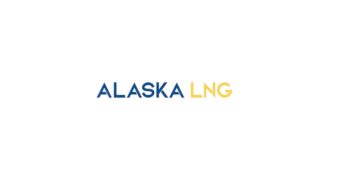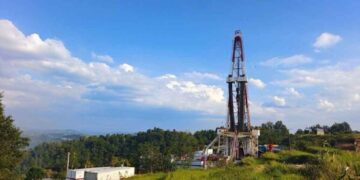The high-growth business models of the U.S. Independents are being tested by low oil prices and tougher access to capital. Two recent Wood Mackenzie reports conclude that concerns surrounding October reserves-based-lending (RBL) redeterminations have been exaggerated.
Wood Mackenzie’s Corporate Service Insight, US Independents: How strong, for how long?, examines the financial health of the top 26 U.S. Independents, and concludes that the larger producers—which, along with the Majors, account for the majority of upstream investment and production—have the required flexibility to tide them through the near term at the very least.
“Most companies in the peer group have rising absolute debt levels, and October’s RBL redeterminations have been latched onto as a potential catalyst for sector implosion. But at least two thirds of Lower 48 production is attributable to companies with no RBL exposure at all, or have no redeterminations until 2016,” Fraser McKay, corporate analysis research director for Wood Mackenzie, said.
Of those larger producers with near-term debt redeterminations, Wood Mackenzie estimates most can accommodate a borrowing-base cut of over 50% before their situation becomes imminently critical.
“We anticipate discomfort in the coming months and expect some more companies will inevitably fail, which is clearly a catastrophic event for lenders and equity holders,†McKay added. “However, most of these companies will be small, with pre-existing structural portfolio issues. Even in the worst case scenario, the assets of these companies will be salvaged through restructuring or assets sales; creditors will keep wells producing as long as possible. The strategic actions and cash flow neutrality goals of the largest producers in the sector will have a far greater impact on capital spend and therefore supply.”
Hedging
Concerns regarding the roll-off of hedging protection are warranted. For the top-26 Independents, Wood Mackenzie estimates cash flow from hedging will fall from $9.1 billion in 2015 to $2.2 billion in 2016.
“The most financially-stretched operators may be forced to enter into unattractive hedges, just to guarantee debt repayment and satisfy lender conditions,” McKay noted.
In a separate analysis titled, October Borrowing Base Redeterminations: Die Another Day, Wood Mackenzie looks at the upcoming borrowing base redeterminations for 17 high yield operators, concluding that far fewer companies will struggle with liquidity after the October borrowing base redeterminations, contrary to current popular belief and speculation.
“The upshot is that nearly all operators we looked at have sufficient liquidity to absorb the anticipated decline in their borrowing base this October,†Thomas Rinaldi, institutional investor service director at Wood Mackenzie, explained. “That said, as we look forward the next twelve months, closer to one third of these companies will need to adjust their activity levels, capital structure or make asset sales, this assuming no change in the price deck applied by lenders. The handful of high yield operators without the required liquidity to make it through the next twelve months account for an insignificant amount of production.â€
“Although development drilling consumes cash, few consider the added liquidity provided by the resulting added production,†Rinaldi continued. “Banks basically lend on the net present value (NPV) of production so even if development well breakevens are below the bank price deck, the capex is partially offset by a larger base from which to borrow. When we take that added production and the related increase to the borrowing base into consideration, the time to liquidity crisis for many becomes much more manageable for most.â€
In conclusion, Wood Mackenzie emphasizes that October bank redeterminations will not be the end of the road for the U.S. unconventional sector, and expects most U.S. Independents, even many high yield operators, to live to fight another day.

















































